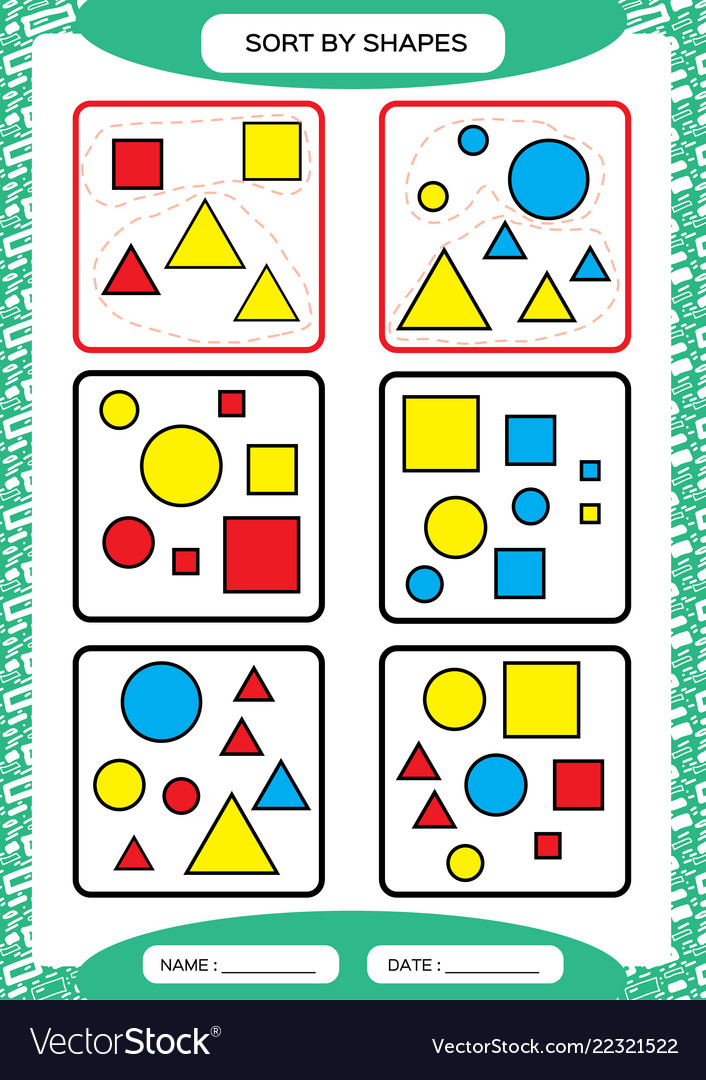

We can't do the same for a 2D vector without any user-defined comparator function, as it will merely sort based on the first element of each column.īut we can sort 2D vector based on use cases: 1) Sort based on a particular row

But what we do in sorting a 1D vector like,
Sort vector 2d how to#
Sorting forms a core building block in structuring algorithms to solve the problems of data in real world by sorting the given data according to the requirements.C++ STL | Sorting a 2D Vector: In this article, we are going to discuss how to sort a 2D vector-based on many use cases with examples?Īs per as a 2D vector is concerned it's a vector of a 1D vector.

Std::nth_element(): O(n), with n being the distance between first and the last. Std::sort have average case linearithmic (n log n) time complexity, where n being distance between first to last. Output: The Matrix before sorting 3rd row is: Sorts the elements of the input tensor along a given dimension in ascending order.

Number of columns assuming it’s a square matrixĬout << "The Matrix before sorting 3rd column is:\n" Ĭout << "The Matrix after sorting 3rd column is:\n" sort (input, dim- 1, descendingFalse, stableFalse,, outNone). Since, n is 5 so 5th element should be sorted Go through this complete example to understand the process better: #include It relates the divergence of a vector field within a region to the flux of that. RandomAccessIterator last, Compare comp) The 2D divergence theorem is to divergence what Greens theorem is to curl. Void nth_element (RandomAccessIterator first, RandomAccessIterator nth, Void nth_element (RandomAccessIterator first, RandomAccessIterator nth, RandomAccessIterator last) The syntax is as follows: bool cmp(int a, int b) This is achieved by using sort () and passing iterators of 1D vector as its arguments. This type of sorting arranges a selected row of 2D vector in ascending order. Case 1 : To sort a particular row of 2D vector. It will be used as: sort(v.begin(), v.end(), greater()) It is an matrix implemented with the help of vectors. Go through this example to understand the process: #include Ĭout () can be used, as the third parameter to sort the vector in a decreasing order. The basic syntax is: sort(v.begin(), v.end()) eliminates the need for explicit range operations (of the sort that commonly exist for arrays). We will, now, go through each technique in detail. The Vector class implements a growable array of objects. Sorting only specific elements in a vector.The different ways to sort a vector in C++ are: The sort(), sorts from first to last index. Void sort (RandomAccessIterator first, RandomAccessIterator last, Compare comp) In the main function, the 2D array is created and printed after and before calling the sort () function, as shown in the above output. Finally, the print method displays all the elements of the 2D array. For example, if the chosen column is second, the row with the greatest value of the second element of pairs in the second column becomes the first row, the second greatest value of the second element of pairs in the second column becomes the second row, and so on. Void sort (RandomAccessIterator first, RandomAccessIterator last) As in the above rewrite program, the sort () method is used to iterate each element of a 2D array and sort the array column-wise. On the basis of the second values of pairs: In this type of sorting, the 2D vector is entirely sorted on basis of the second element of pairs of the chosen column in descending order. sort(A1.begin(), A1.end()) // Displaying the 2D vector after sorting cout << 2D vector after sorting 2nd row :n. The basic syntax of this function is: sort(v.begin(), v.end()) Īnd the class definition is as follows: template Since the three algorithms it uses are comparison sorts, it is also a comparison sort. This combines the good parts of the three algorithms, with practical performance comparable to quicksort on typical data sets and worst-case O(nlogn) runtime due to the heap sort. It begins with quicksort, it switches to heapsort when the recursion depth exceeds a level based on (the logarithm of) the number of elements being sorted and it switches to insertion sort when the number of elements is below some threshold. This sort() uses the introsort algorithm which is a hybrid sorting algorithm that uses quick sort, heap sort and insertion sort.
The function used is the std::sort defined in the algorithm header. If stl sort is an acceptable choice, you anycodingsc++ can do like this: includeReading time: 45 minutes | Coding time: 20 minutesĪlthough one can sort a vector manually using one of the many available sorting algorithms, using a function from the C++ STL(Standard Template Library) can make the job easier.


 0 kommentar(er)
0 kommentar(er)
